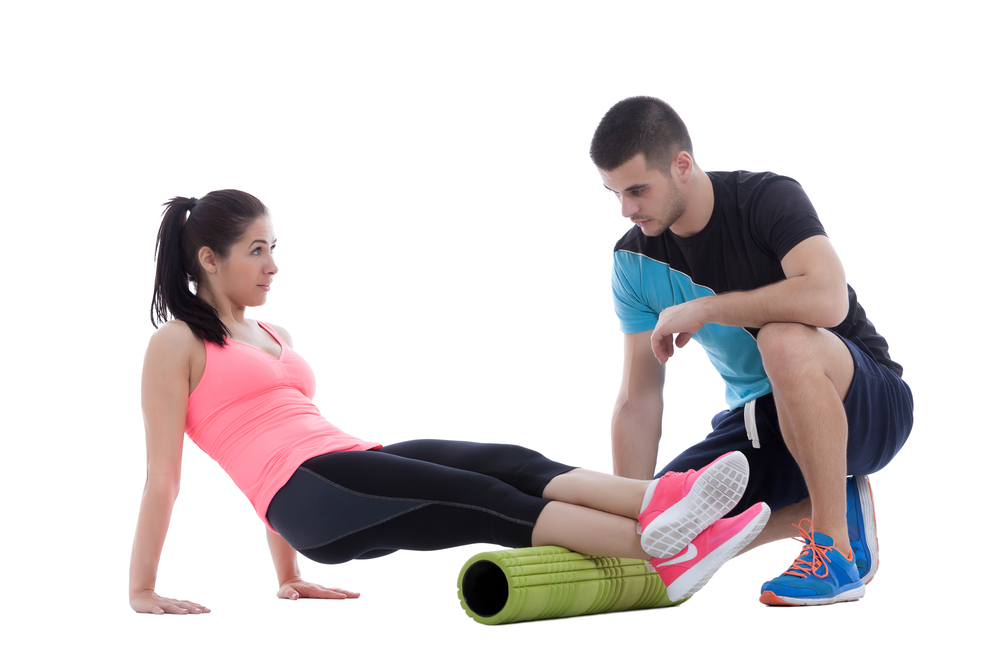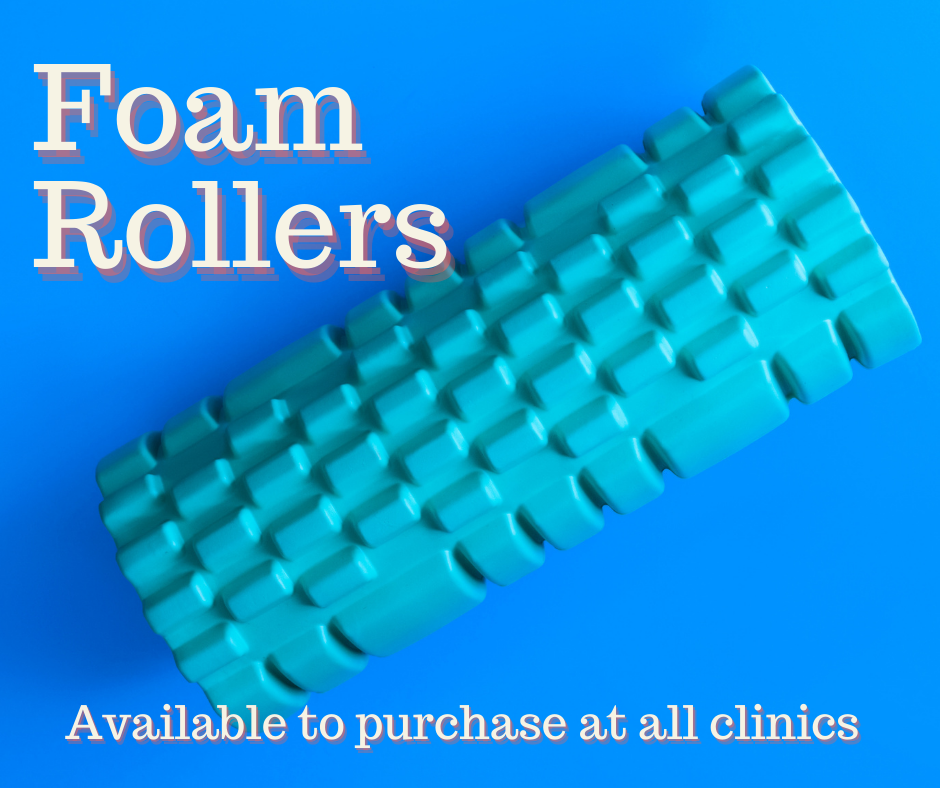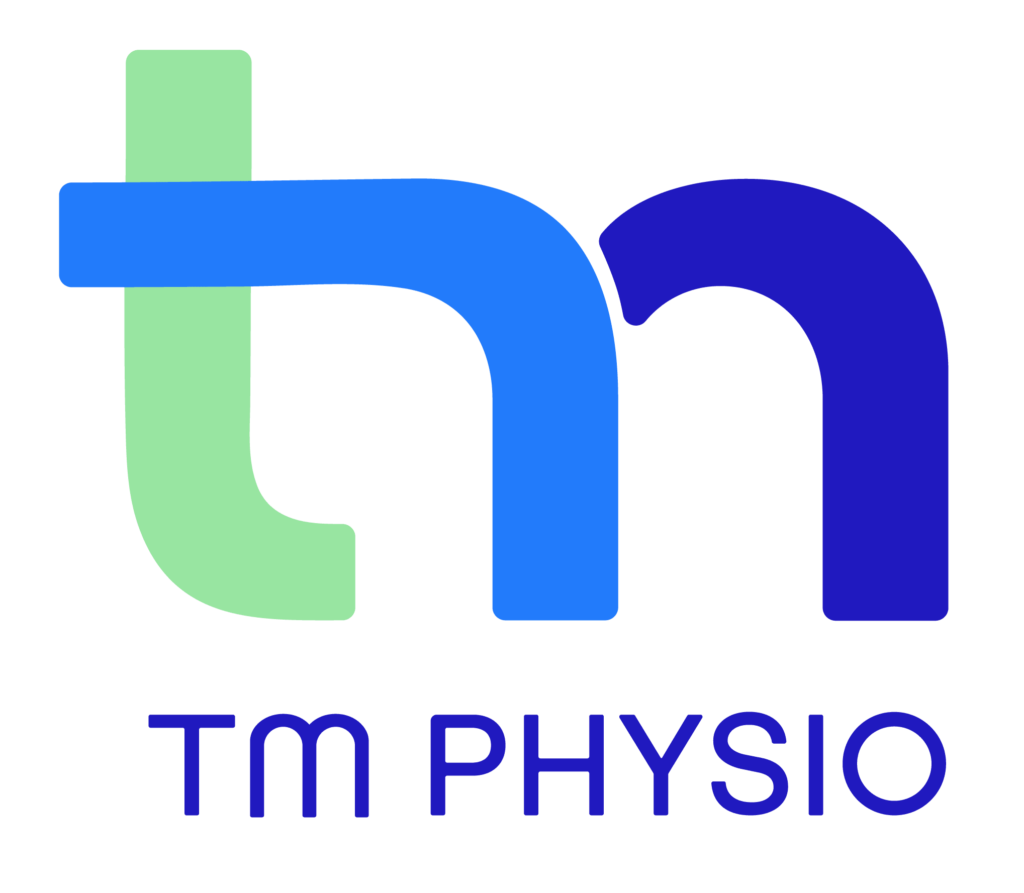New foam roller and wondering where to start? Have a read of this, and you’ll feel more informed about foam rolling: pros and cons. And if you still aren’t convinced or have more questions, feel free to ask us next time you are in the clinic and we will discuss it with you in person. For now, let’s keep on rollin’.

Head into any sports store or physiotherapy clinic and there is a good chance they’ll have some foam rollers for sale. Foam rollers are widely available and have been used as a therapy aid by millions of people for years since first coming on the market in the 1980s.
What Is A Foam Roller?
Foam rollers are usually cylindrical in shape, very lightweight, and range in length and firmness from long to short and soft to hard. Their design and use is simple. You simply lie the roller on the ground, choose a body part, place it on top and start rolling.
But what are the actual benefits of foam rolling? Are there any potential side effects? Or negative impacts? Let’s take a look…
History
Foam rollers were originally used by practitioners that followed the Feldenkrais method of treating the body. Early practitioners used the rollers as a way of providing support to the body and would get their patients to stand on the rollers during balance exercises.
Use of rollers progressed over the years. In 1987, their use as a self-massage tool was pioneered by physical therapist, Sean Gallagher. They are now used by millions of people across the globe, including gym goers, weightlifters, gymnasts, athletes and many others, as a tool to massage and release tight muscles.
Pros
Some of the benefits of foam rolling include:
- Reducing muscle pain (including the management of certain pain syndromes like fibromyalgia)
- Increasing range of motion around a joint
- Making muscles more responsive to stretching
- Relaxation
- It’s a relatively safe way to self-massage tight muscles
Cons
Due to their widespread availability, foam rollers can be purchased by anyone, even though they may not be a suitable tool to use for that particular person. There are certain conditions and circumstances where use of a foam roller could be detrimental or damaging to a person’s body.
Foam rolling exercises load and stress the underlying tissues, including nerves, skin receptors, blood and lymphatic vessels, as well as bones. People with conditions including advanced diabetes mellitus, lymphedema, varicose veins and severe osteoporosis should avoid this form of exercise, unless advised otherwise by a medical professional. When recovering from a muscle strain, a foam roller may be a handy thing to have around, but rolling over a torn muscle should be avoided in the early stages of injury and until you’ve been given the all-clear by your therapist. Rolling over an acutely torn muscle could hinder the repair of the muscle and at the very least would be incredibly uncomfortable and painful.
Please note that scientific evidence supporting the use of foam rolling for therapeutic reasons is sparse and caution should be taken by anyone who uses them. Our advice to you is to ask your trusted physiotherapist if it’s suitable for you. We have the expertise to guide you in the right direction and if it’s a great option for you and your body, we’ll give you the thumbs up to rock’n’ROLL!



